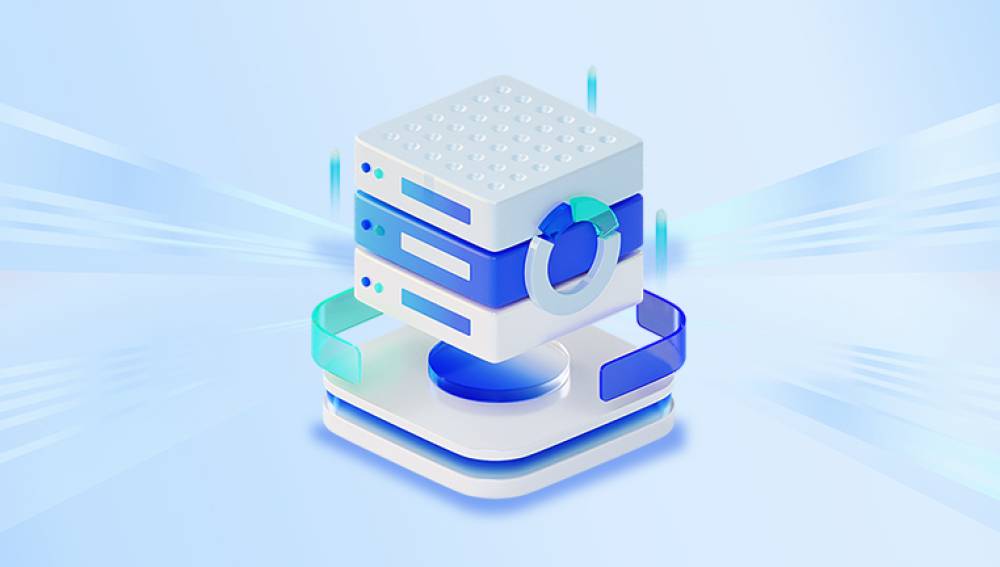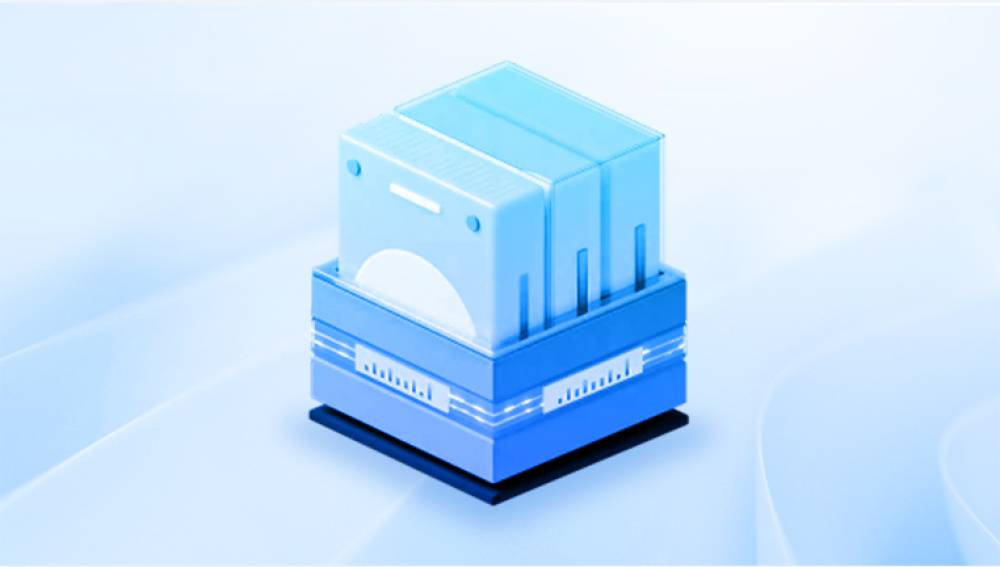What is EFI? The Extensible Firmware Interface (EFI), later standardized as Unified Extensible Firmware Interface (UEFI), is a modern replacement for the traditional BIOS. It provides a flexible pre-boot environment that is independent of the operating system, allowing for features such as faster boot times, larger hard drives (over 2TB), and a more user-friendly interface.
What is the EFI System Partition (ESP)? The EFI System Partition is a special partition on a data storage device (such as an HDD or SSD) used by computers adhering to the UEFI specification. The ESP contains the boot loaders, device drivers, and system utilities needed for the system to boot.

Requirements for the EFI System Partition
Partition Size: The EFI System Partition typically needs to be at least 100MB in size, but it’s recommended to allocate around 200-300MB to ensure sufficient space for boot loaders and other files.
File System: The ESP must be formatted with the FAT32 file system.
Steps to Create or Resize the EFI System Partition
Check Existing Partitions:
Open a partition manager tool. In Windows, you can use Disk Management (diskmgmt.msc), and in Linux, tools like GParted or fdisk can be helpful.
Identify if there is already an ESP. It is usually marked with the “EFI System Partition” label.
Free Up Space:
If there is no room to create a new partition, you might need to shrink an existing partition to free up space. Ensure you have backed up important data before doing this.
Shrink a Partition:
Right-click on the partition you want to shrink and select the option to shrink or resize. Specify the amount of space you want to free up.
Apply the changes.
Create the EFI System Partition:
In the freed space, create a new partition.
Choose the FAT32 file system and ensure the partition is marked as an EFI System Partition.
Apply the changes.
Troubleshooting Common Issues
Not Enough Space: If you still can’t find room for the ESP, consider the following solutions:
Move or Delete Files:
Move large files to an external drive or delete unnecessary files to create more space.
Defragment the Disk:
Sometimes, even though there is free space, it is fragmented. Defragmenting the disk can consolidate free space.
Advanced Partition Tools:
Use more advanced tools like GParted (for Linux) or third-party software like EaseUS Partition Master (for Windows) to manage partitions more effectively.
Boot Issues After Modifying Partitions:
If the system fails to boot after modifying partitions, you may need to repair the boot configuration. In Windows, use the Windows Recovery Environment (WinRE) and run bootrec.exe /fixmbr, bootrec.exe /fixboot, and bootrec.exe /rebuildbcd.
Preventing Future Issues
Plan Partitioning in Advance: When setting up a new system, plan your partitions ahead of time. Allocate sufficient space for the ESP and other critical partitions.
Regular Maintenance: Regularly check and maintain your partitions. Avoid filling your drive to capacity to leave room for necessary system functions and updates.
Backup: Always maintain a good backup strategy. Regularly back up your important data to avoid data loss during partition modifications.




